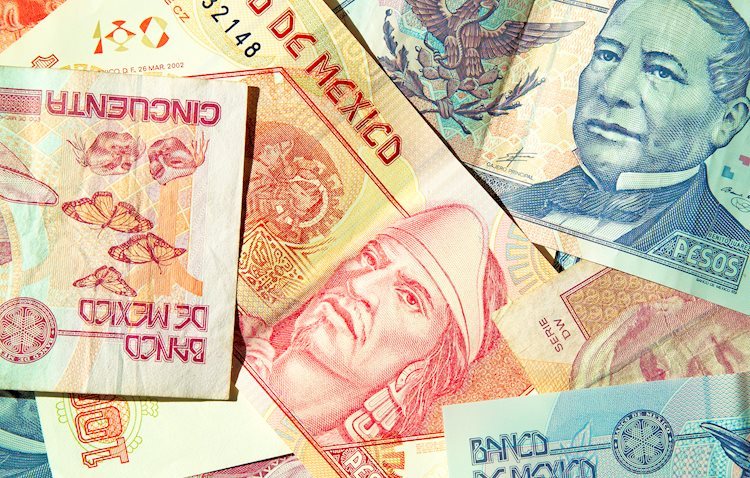Usd A Mex

The exchange rate between the United States Dollar and the Mexican Peso is a pivotal economic indicator with profound implications for both nations. As one of the most traded currency pairs globally, understanding the dynamics shaping this relationship is crucial for businesses, policymakers, and investors. In this article, we delve into the intricate factors influencing the USD-MXN exchange rate, exploring trends, influences, and potential future trajectories.
Table of Contents
ToggleHistorical Trends
Historically, the USD-MXN exchange rate has experienced notable fluctuations, driven by various economic, political, and social factors. Following the North American Free Trade Agreement (NAFTA) in 1994, Mexico’s integration into the global economy significantly impacted its currency’s value. Over the years, periods of stability alternated with episodes of volatility, reflecting shifts in investor sentiment, trade dynamics, and macroeconomic conditions.
Economic Fundamental
Economic fundamentals play a significant role in determining the USD-MXN exchange rate. Factors such as interest rate differentials, inflation rates, GDP growth, and trade balances exert considerable influence. For instance, higher interest rates in the United States relative to Mexico can attract capital inflows into USD-denominated assets, strengthening the dollar against the peso. Similarly, robust economic growth in Mexico, coupled with stable inflation and trade surpluses, can bolster the peso’s value.
Trade Relations and Policy Developments
The bilateral trade relationship between the United States and Mexico profoundly impacts their respective currencies. Trade policies, tariffs, and geopolitical tensions can induce volatility in the exchange rate. For example, announcements regarding trade agreements or disputes can trigger market reactions, affecting investor confidence and currency valuations. The renegotiation of NAFTA into the United States-Mexico-Canada Agreement and changes in trade dynamics under different administrations have all influenced the USD-MXN exchange rate.
Political Factor
Political developments, both domestically and internationally, can significantly sway the USD-MXN exchange rate. Elections, government policies, geopolitical tensions, and social unrest all contribute to market sentiment and risk perception. For instance, uncertainty surrounding political transitions or policy changes may lead to currency depreciation as investors seek safer assets. Conversely, stability and effective governance can enhance investor confidence and support currency appreciation.
External Shocks and Market Sentiment
External shocks, such as global economic downturns, financial crises, or natural disasters, can disrupt currency markets and lead to abrupt movements in the USD-MXN exchange rate. Moreover, market sentiment, speculative activities, and investor behavior often amplify currency fluctuations, sometimes deviating from underlying economic fundamentals. Central bank interventions and monetary policy decisions also influence market expectations and currency valuations.
Conclusion
The USD-MXN exchange rate embodies the intricate interplay of economic, political, and market forces shaping the relationship between the United States and Mexico. While historical trends and economic fundamentals provide insights into currency movements, the impact of trade relations, policy developments, and external shocks cannot be overstated. Navigating these dynamics requires a nuanced understanding of the factors at play and their potential implications for businesses, policymakers, and investors alike. As the relationship between the two nations continues to evolve, monitoring the USD-MXN exchange rate remains essential for anticipating market trends and making informed decisions.
